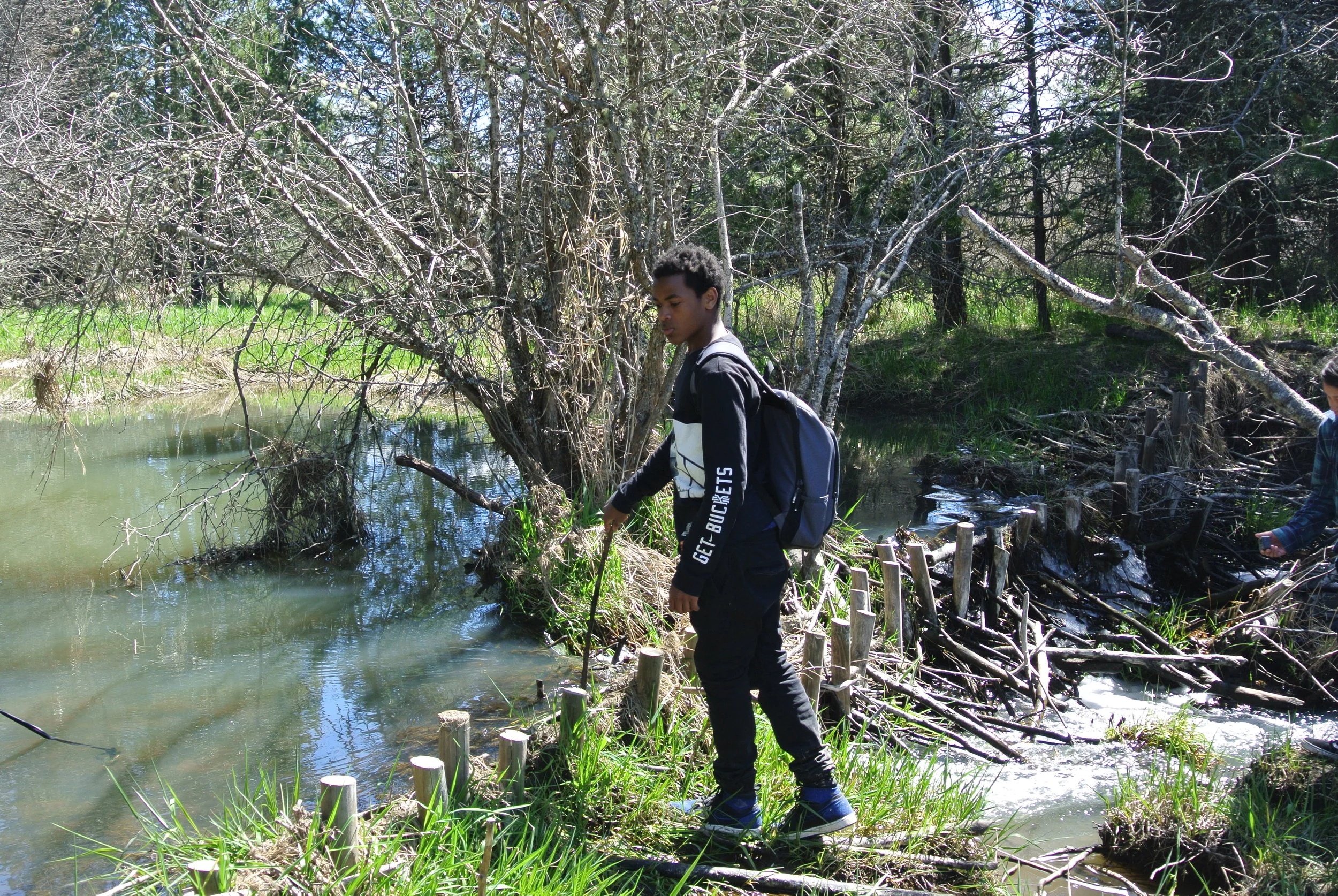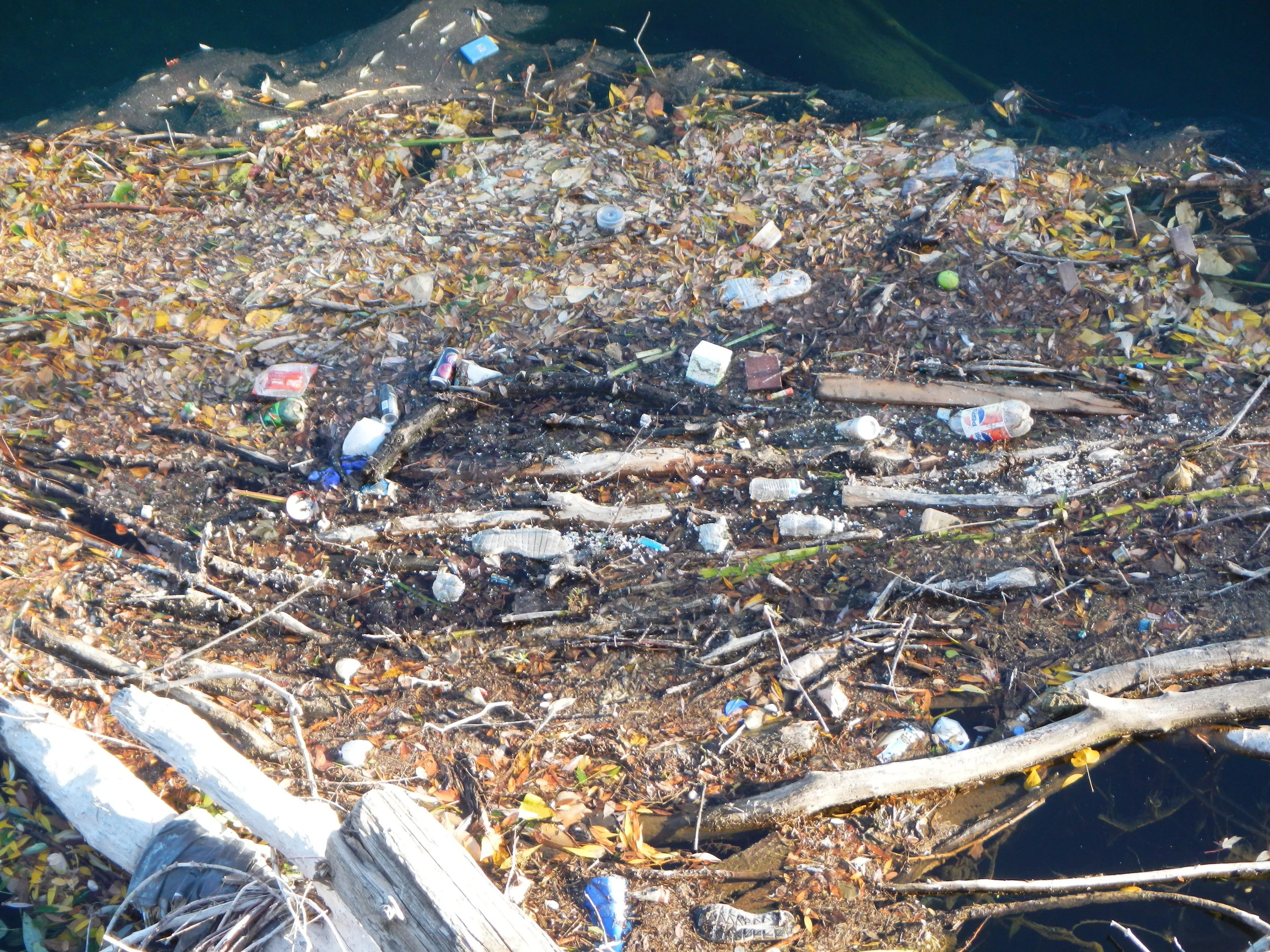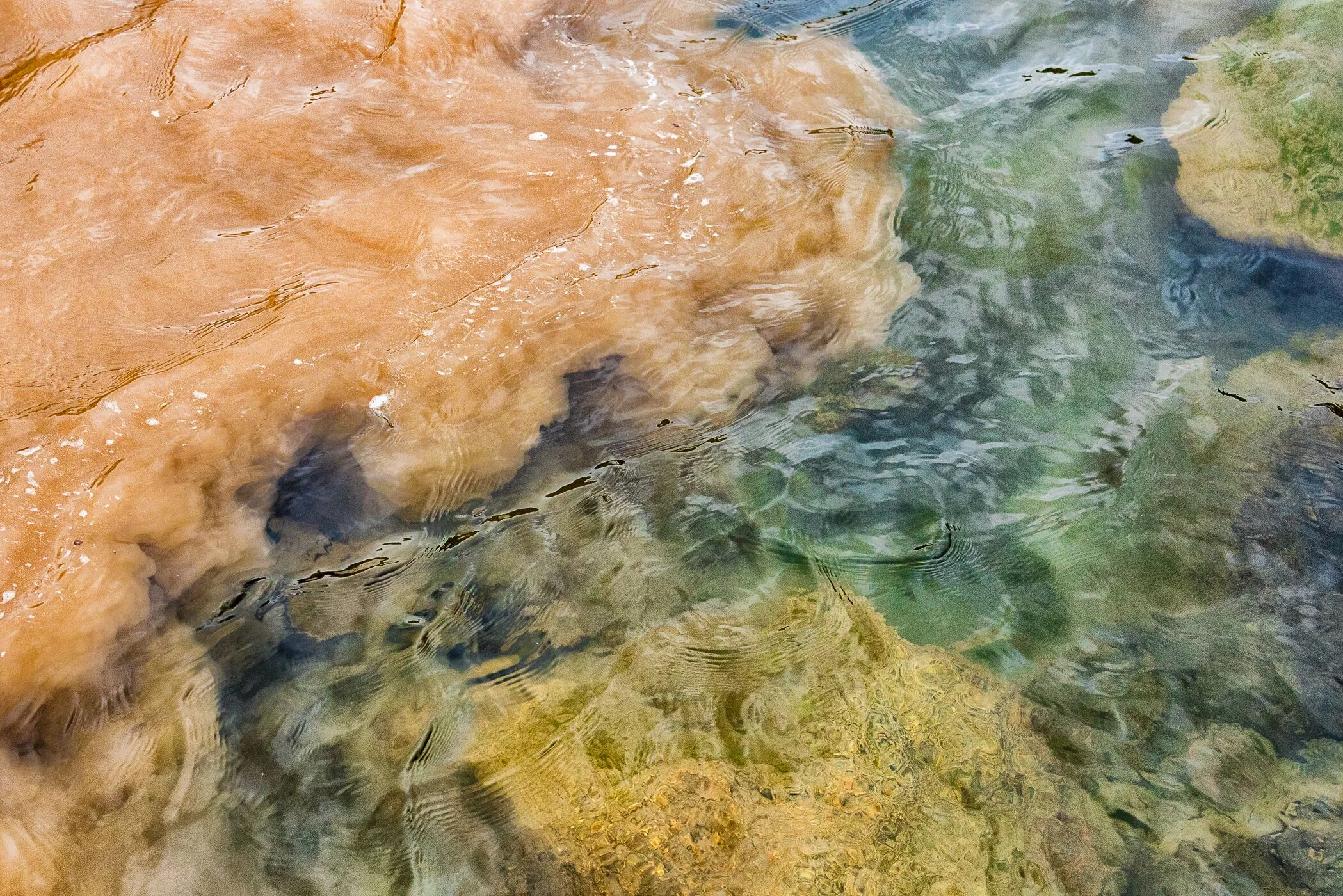During the summer of 2019 the Spokane Riverkeeper partnered with SNAP and Frontier Behavioral Health in a pioneering program combining outreach to homeless campers along the Spokane River with litter pickup. Read on for a summary of this program.
When most people think of water pollution, they imagine harmful chemicals or raw sewage pouring into waterways, poisoning fish and turning the pristine water into a green, sludgy mess. However, one of the most prevalent and dangerous forms of pollution threatening the Spokane River is sediment.
On July 16th, we conducted a routine sample of Hangman Creek at People’s Park for E. coli. E. coli. is a type of bacteria that lives in the guts of all warm-blooded animals, including humans. Most strains are completely harmless but the presence of living E. coli outside of the gut and in standing water is an indicator of bad water quality and fecal contamination that may cause human illness.
In November 2016, the Spokane River water quality standard for a bio-accumulative toxin called “polychlorinated biphenyls” (PCBs) was re-evaluated by the EPA under the Clean Water Act and strengthened. Since, there have been two reactions from polluters and regulating agencies. An effort, in concert with a Trump EPA to rescind the water quality standard rule at the federal level. And dischargers have applied to the Washington Department of Ecology for discharger variances.
This blog will explain what variances are, how they work, and if we should support them.
What happens when industries and entities who discharge into the Spokane River cannot meet the Water Quality Standard? What are other legal pathways to achieving clean water? Intern Anna Belinski explains the nuanced differences between our available options to a clean Spokane River in this blog post.
We couldn’t do the work we do without help, and the work that Dillon Wilke has done for us is beyond exceptional.
Dillon came to us about 5 years ago after reading a story about the Spokane Riverkeeper in The Inlander. Jule Schultz, Technical Lead for Riverkeeper, put him to work almost immediately, teaching him how to take water quality samples in Hangman Creek in the Spokane River, and taking him out on sampling runs each month.
For the fifth consecutive year, Spokane Riverkeeper staff installed temperature data loggers in Hangman Creek, from just below the headwaters to its confluence with the Spokane River near Peaceful Valley.
We study temperature in Hangman Creek to document the effects of climate change on water temperatures, and so we can share water quality violations with the public and the regulators. Temperature in Hangman and in the Spokane River is a huge concern. Native fish thrive only under 64.4 degrees F.
Spring/Summer 2019 edition: Citizen Science, Water Quality Standards, Climate Change, Plastic Monster Unveiled, A Beaver Tale
What does a bunch of kids running up a wheat field in the Palouse have to do with beavers and Hangman Creek? Here’s what.
We offered up the opportunity to teach a bunch of 9th graders at Pride Prep about why beavers are essential to restoring the headwaters of Hangman Creek, and they jumped at the chance.
The Spokane Riverkeeper collected water temperature data from the Hangman Creek watershed in 2018. All locations exceeded the state water quality standard of 64.4 F (18 C). Unlike previous years’ data, water temperature in the tributaries were similar to that of the main stem. In addition, water temperatures were lower in the main stem than in previous years. This may be due to the higher water table than in previous years that feeds Hangman Creek and results in higher flows. We compared temperatures in Hangman Creek with daily temperature records, flows, and aquifer height.
The Midnite Mine is a closed uranium mine on the Spokane Indian Reservation, west of Wellpinit, WA. The company responsible for cleaning up the mine has requested that the EPA accept a substantially less stringent cleanup level to address contaminated surface materials at the Site.
Please join us in supporting the state-wide ban on single use plastic bags. Write your legislators, and ask them to say YES to these two important bills.
Under the Clean Water Act, all of the waters of the United States have Water Quality Standards (WQS) to protect them from pollution. These are standards that are designed as the amount of pollutant allowed in a water body. The Water Quality Standard guarantees the health, the safety, and usability by people and wildlife. These standards ensure that all of our waters are fishable and swimmable. In some cases this also includes drinkable. These WQS are the bedrock of river and water protection in our society.
Our guest opinion from the Spokesman-Review from Sun., Dec. 2, 2018 discusses efforts to dismantle protections ensured in the Clean Water Act from toxics, such as poly chlorinated biphenyls (PCBs).
Check out the Spokane Riverkeeper 2018 Fall eNews. Our newsletter contains all the information you need to know to keep up to date about our work protecting the Spokane River.
Anthropogenic microplastic pollution is a growing threat in freshwater ecosystems around the world. This has been a long-known threat in the Spokane river watershed with numerous responses undertaken to combat the problems of pollutants. One of the targets has been wastewater effluent, a known point source for pollutants. There is a new emerging anthropogenic pollutant, microplastic, which is being discovered to be pervasive throughout the globe. This study aimed to find if the Spokane Wastewater Treatment plant (WWTP) was a point source for microplastic pollution.
The Spokane Riverkeeper monitored water temperature in the Spokane River in summer of 2018. Water temperature in the Spokane River showed the usual pattern of high temperatures approaching a daily maxima of 80 degrees or more in the losing reach at Barker Road and Harvard Road. The gaining reach continued to show lower water temperatures, under that state standard for interior redband trout of 64.4 F. Water temperature in the gaining reach continued to show decreased water temperature with decreasing flows in the Spokane River. Water temperatures in the Spokane River’s losing reach appear to be rising when compared to 2001 and 2002 data.
The Spokane Riverkeeper partnered with Spokane Falls Trout Unlimited and other citizen scientists to monitor the effect of sediment discharging from Hangman Creek on the water clarity in the Spokane River. Monitoring throughout the winter and spring showed reduced water clarity in the Spokane River due to Hangman Creek 30-80% of the time.
Visit LR Montgomery’s show Rivers, Streams, and Wetlands - Tributary Waters of Spokane. These amazing paintings are currently showing through October 14 at the MAC’s Helen South Alexander gallery. See you there!
Spokanites should be educated and aware of the issues facing Coeur d’Alene Lake because the Lake and the Spokane River are connected. I was recently invited along on a boat tour with several board members of the Kootenai Environmental Alliance, and this is what I learned.





















